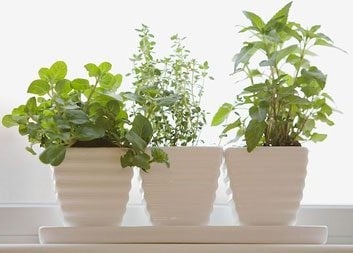
The health benefits of plants
From the blueberries indigenous to North America to green tea in Japan and turmeric in South Asia, certain plants have long been prized by ancient cultures for their health benefits. Now, there’s a growing body of modern scientific evidence that affirms these benefits-and suggests we all have much to gain from tapping the powers of plants. “It’s an exciting area of research because these nutrients have the potential to prevent or help treat a variety of health conditions,” says Dr. Michael R. Lyon, an adjunct professor in the food, nutrition and health program at the University of British Columbia and the director of the Canadian Centre for Functional Medicine, an independent research institute.
We scoured the latest research to get the lowdown on five important plant compounds.
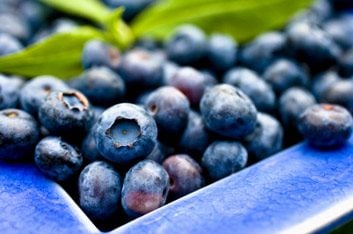
1. Blueberries
Plant origin: Indigenous to North America, blueberries possess one of the highest antioxidant contents of any fruit or vegetable.
Health benefits: Blueberries neutralize free radicals. They contain high levels of anthocyanins, which give the fruit its blue pigment, plus have a beneficial effect on the structure of the cells and tissues in our skin, joints and veins. That means they can protect against oxidative damage and inflammation-at the root of heart disease, diabetes and cancer.
Find it: Supplementing with blueberry extract (available at health food stores) is effective, says Lyon, as it’s simply concentrated fruit.
Get more in your diet: Consume three cups (750 mL) or more per week of fresh or frozen blueberries.

2. Lutein
Plant origin: A member of the carotenoid family-a group of powerful antioxidants responsible for the bright colours of many fruits and vegetables-lutein is a yellow pigment found in dark green, leafy vegetables.
Health benefits: “Lutein has a well-established record in protecting against oxidative damage,” says Peter Jones, a professor in the departments of food science and human nutritional sciences at the University of Manitoba. Lutein works by wiping out free radicals-the destructive compounds our bodies produce as a result of UV exposure and certain natural cellular processes. To date, the main application has been to keep eyes healthy, through supplements and eating foods rich in this antioxidant. It protects the retina from macular degeneration, the leading cause of blindness.
Find it: Widely available as a supplement, it is also in some soft drinks and energy bars.
Get more in your diet: Food sources of lutein include kale, spinach and broccoli. Studies suggest we need five to 10 milligrams per day (about a 1/2-cup [125 mL] to one-cup [250-mL] serving, depending on the food).
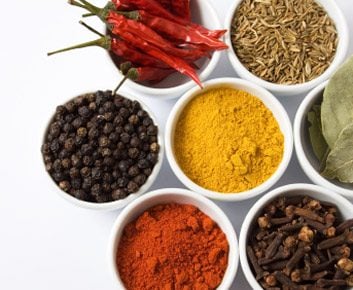
3. Turmeric
Plant origin: A key spice in South Asian cuisine, turmeric contains curcumin, a polyphenol that, like lutein, produces a yellow colour (the two are not related chemically).
Health benefits: “Turmeric is probably one of the most powerful anti-inflammatory agents ever discovered,” says Lyon. Because it safely blocks NF-kB-a protein that switches inflammation on and off in the body-the nutrient may help prevent and fight a wide range of diseases, including type 2 diabetes, rheumatoid arthritis, Alzheimer’s disease and multiple sclerosis.
Find it: We may soon see turmeric in baked goods, milk products, soups, snacks and puddings: In the U.S., the Food and Drug Administration recently approved a patented curcumin complex for use in packaged foods.
Get more in your diet: Season foods such as curries, rice and chicken dishes with turmeric. Consuming it with some fat will improve absorption, says Lyon. While eating turmeric is safe, Kakarala does not recommend curcumin supplements. “We are studying appropriate doses in humans and the safety and toxicity of those doses,” she says.
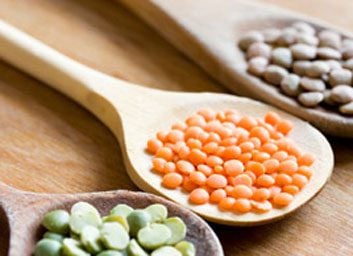
4. Phytosterols
Plant origin: The plant form of cholesterol, these molecules are found in fruit, vegetables, legumes and unrefined vegetable oils.
Health benefits: “Phytosterols have an undisputed efficacy in lowering LDL cholesterol [the ‘bad’ cholesterol that contributes to atherosclerosis],” says Jones. “LDL is one of the best biomarkers for disease and can indicate your risk of suffering a heart attack in the future.” The nutrients work by binding to and increasing the elimination of LDL from the gut. According to researchers at Wageningen University in the Netherlands, a dosage of two grams of phytosterols per day can lower LDL by up to nine percent in three or more weeks.
Find it: Phytosterols have been available for years in capsule form at pharmacies and health food stores. This spring, Health Canada gave the go-ahead for phytosterols to be used in foods; a fortified margarine and a yogurt are now available. In the U.S. and U.K., the additive also appears in orange juice, cereal and soy milk.
Get more in your diet: The best food sources include wheat germ, peanuts and almonds, and sesame, corn and canola oils. Even at doses higher than the recommended two grams daily, there are no harmful effects, says Jones.

5. Green and white tea
Plant origin: Native to China and cultivated in Japan, green tea is made from the unfermented leaves of the evergreen shrub Camellia sinensis and is rich in antioxidants called polyphenols. White tea comes from the immature leaves of the same plant, which are harvested before they turn green and develop tannins.
Health benefits: “The bitter tannins in green tea have lots of health benefits,” says Lyon. Called catechins, the most active tannin is EGCG (epigallocatechin gallate), which helps protect DNA and stops the proliferation of undesirable cell colonies. It may help prevent or fight certain cancers, allergies, periodontal disease and rheumatoid arthritis. Studies indicate it can aid weight control by boosting the body’s fat-burning capacity.
Find it: In Canada, you’ll find both EGCG and L-theanine as supplements at the pharmacy and health food store. In Japan, L-theanine is widely available as a food additive in chocolates, ice cream and chewing gum; in the U.S., EGCG appears in certain soft drinks.
Get more in your diet: You can reap the benefits of EGCG by drinking anywhere from three to four cups of green
tea per day with food. As for L-theanine, because white tea that contains sufficient quantities of it is very expensive, Lyon recommends taking it as a supplement in doses of 100 to 400 milligrams daily.
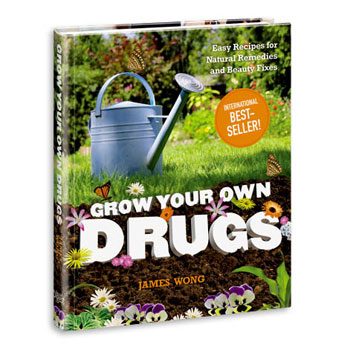
Unlock the power of plants
Troubled by insomnia, acne or cold sores? In Grow Your Own Drugs, expert ethnobotanist James Wong shows you how to save money and find relief from many common symptoms like anxiety, eczema, headaches and more, using everyday flowers, fruits, vegetables and herbs you’ll find in your garden, grocery store or garden centre. In addition to making your own soothing salves and teas, you’ll also discover great recipes for delicious bath bombs, soaps and shampoos.
Available now in the Best Health Store.
Related:
• The best sources of vitamin D
• Grow cleaner air in your home
• Natural home remedies
